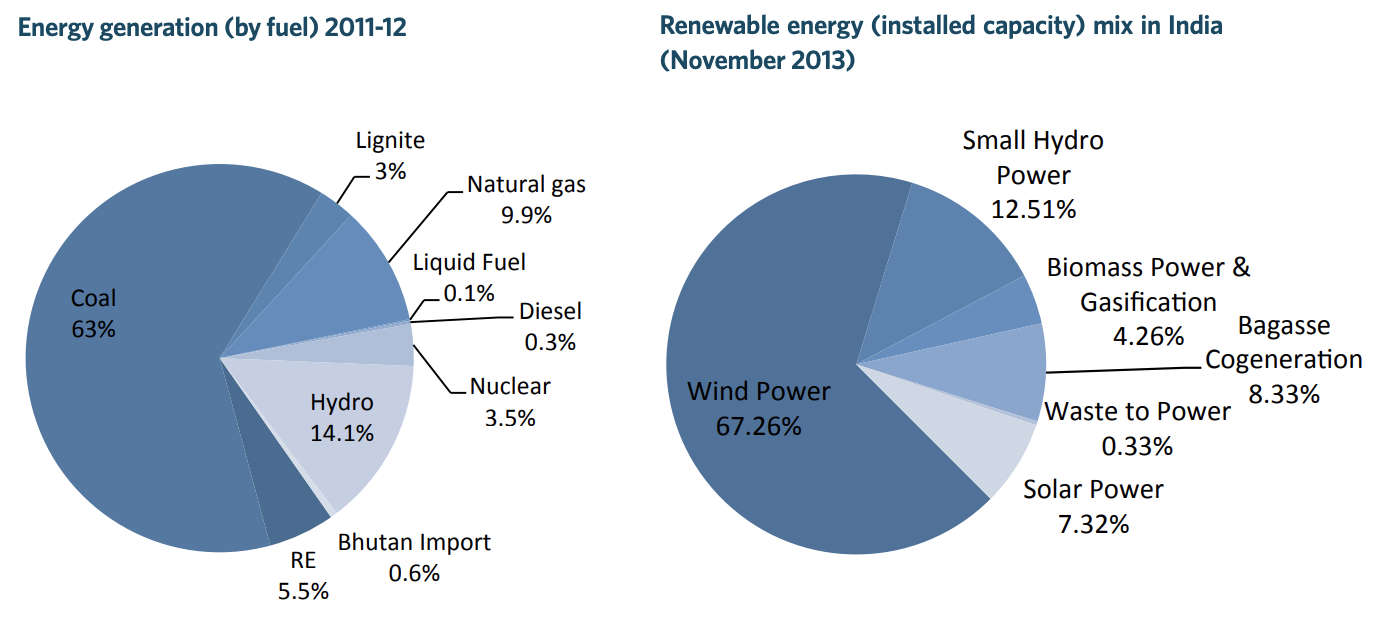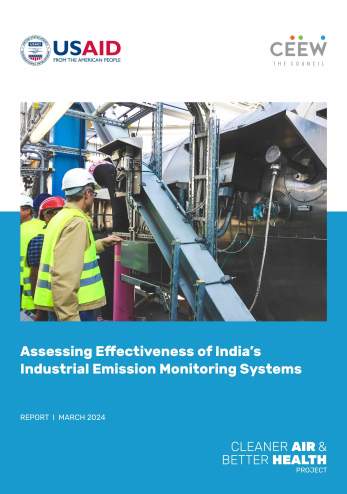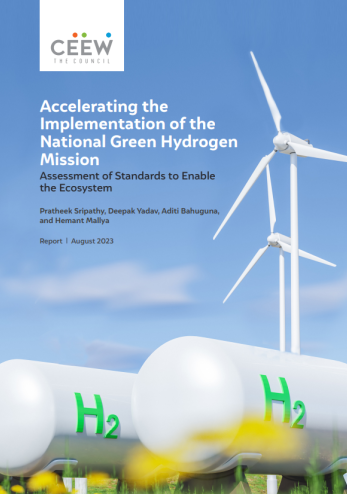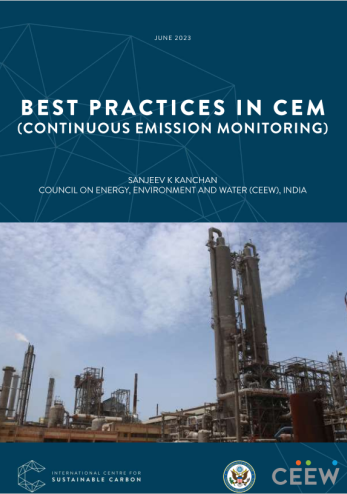Report
Assessing Green Industrial Policy
The India Experience
Karthik Ganesan, Poulami Choudhury, Rajeev Palakshappa, Rishabh Jain, Sanyukta Raje
March 2014 | Industrial Sustainability
Suggested Citation: Ganesan, Karthik, Poulami Choudhury, Rajeev Palakshappa, Rishabh Jain, and Sanyukta Raje. 2014. Assessing Green Industrial Policy: The India Experience. Winnipeg: International Institute for Sustainable Development
Overview
This report, in collaboration with the International Institute of Sustainable Development, focuses on India’s Green Industrial policy, especially on the wind and solar sector. It analyses India’s renewable energy policies in the context of drivers such as energy access, energy security, local environmental challenges, and climate change risks.
Factors to be taken into account while choosing storage technology

Sources: CEA (2012a) & MNRE (2013d)
Key Highlights
- A Renewable Resource Development Project (RRD) increased the wind energy capacity deployment from 40 MW in 1993 to over 1,000 MW in India in 2000.
- Installations of wind energy have increased at a compound annual growth rate (CAGR) of 26 per cent in the last decade, with annual installations of over 1,000 MW every year since 2004.
- National Action Plan on Climate Change (NAPCC) envisages renewable energy to constitute approximately 15 per cent of India's energy mix by 2020. This share is expected to be increased by 1 per cent per annum to reach its target.
- The Ministry of New and Renewable Energy proposed to fund solar projects through a viability gap funding (VGF) mechanism due to the limited amount of unbundled power available.
- 10 states have announced their own solar policies, which provide preferential tariffs and other benefits such as single window clearances, transmission facilities, tax exemptions, etc.
- Jawaharlal Nehru National Solar Mission (JNNSN) has set a manufacturing capacity target of 4–5 GW of the equivalent of installed capacity, including 2 GW of polysilicon solar cells, for 2020.
- FDI up to 100 per cent has been allowed through the renewable energy sector's automatic route subject to conditions under the Electricity Act, 2003.
- The number of households reporting solar-based electricity sources as the primary source of lighting increased from a little over 500,000 to over 1 million between 2001 and 2011.
- Exports and imports of solar components were comparable until 2010, but subsequently, imports have outstripped (many-fold) the demand for domestically manufactured components.
- Solar PV and wind-based power generation positively impact human health and the avoided costs associated with premature mortality and morbidity-related health end-points are significant.
- Renewable energy power has ecological impacts that can be mitigated through proper planning and execution.
Key Recommendations
- Ensure that there are no adverse impacts on the economy in the long run as renewable energy has implications for long-term energy security and national security.
- Reinforce industrial policies and environmental policies to achieve green goals through affordable technologies.
- Ensure, measure and report the outcomes of R&D efforts for continued efficacy of policies. This can enhance the renewable energy ecosystem in India.
- Ensure overall ease of starting and running businesses in the country for building a thriving manufacturing sector.
- Build efforts to scale-up renewable energy to dent India's GHG emission profile for both energy and non-energy uses.
The number of households reporting solar-based electricity sources as the primary source of lighting increased from a little over 500,000 to more than 1 million between 2001 and 2011.








